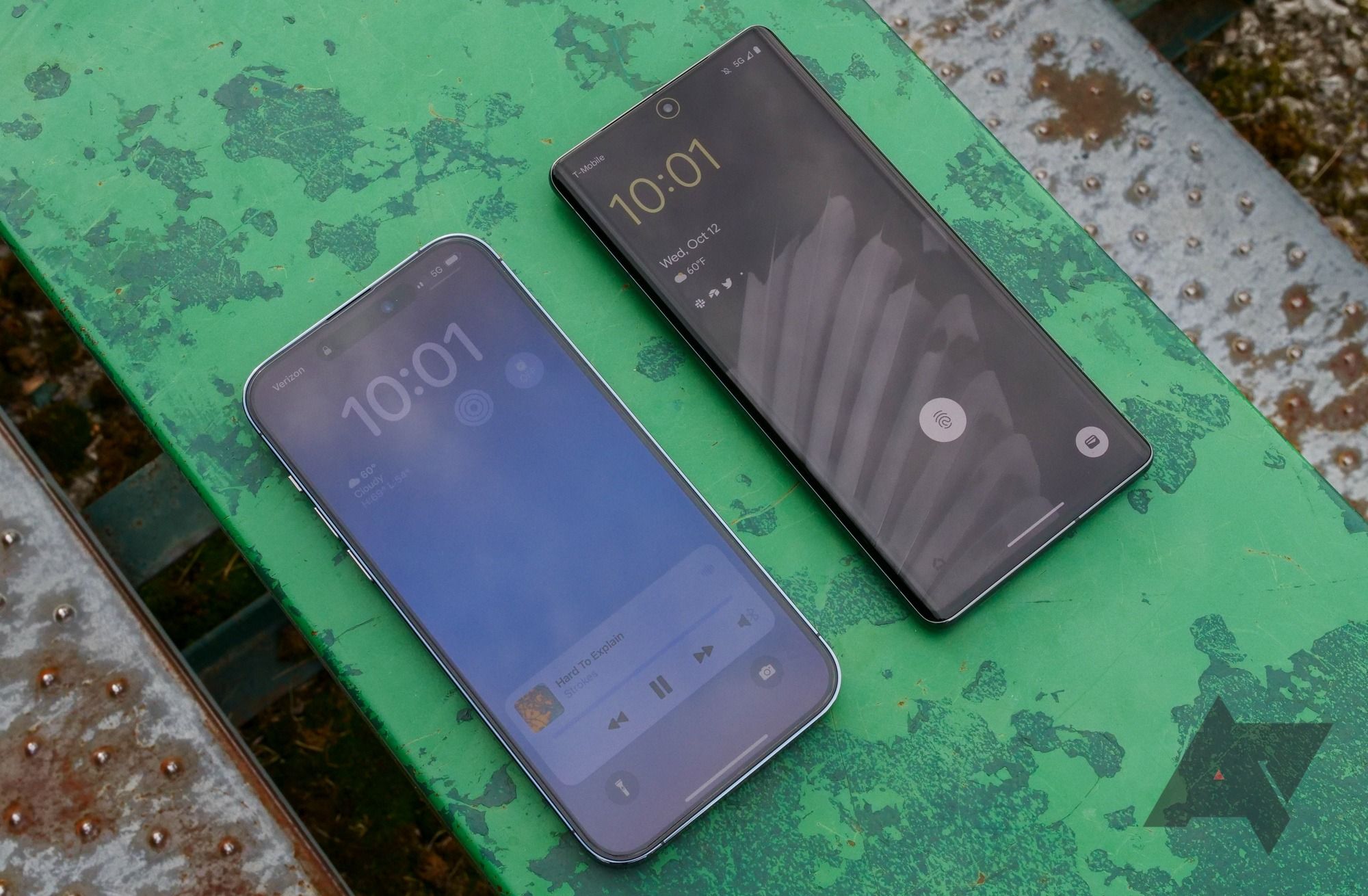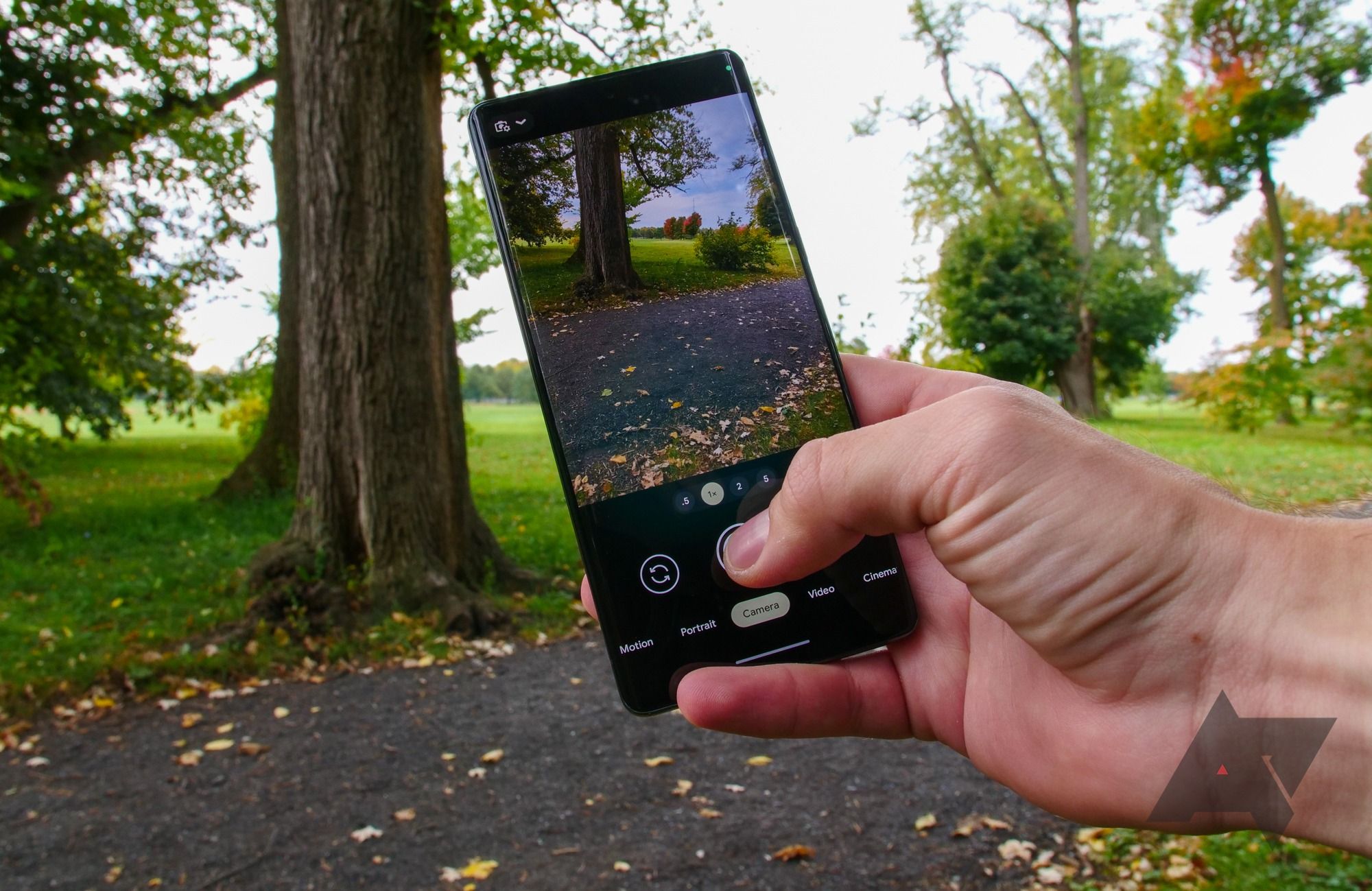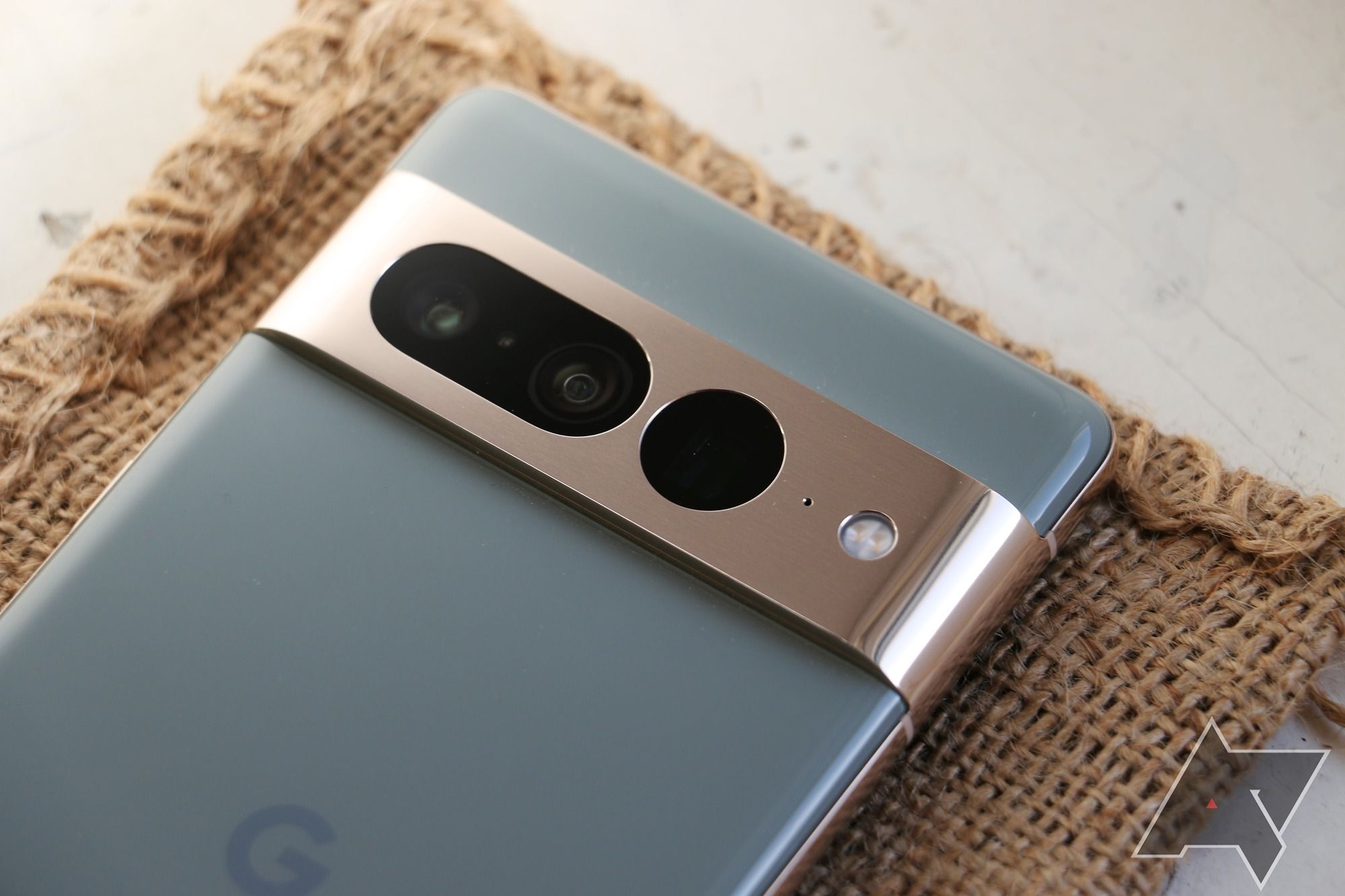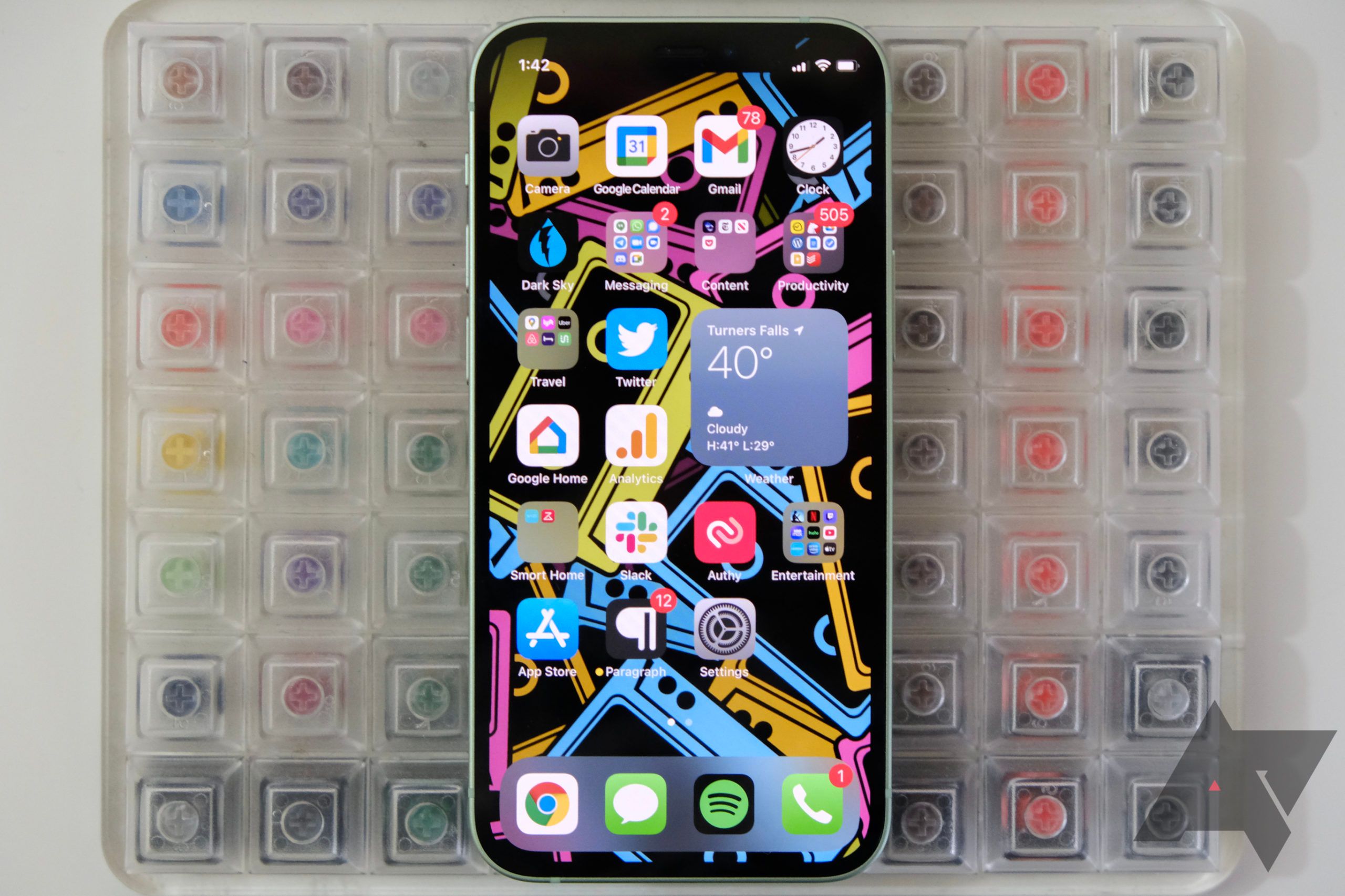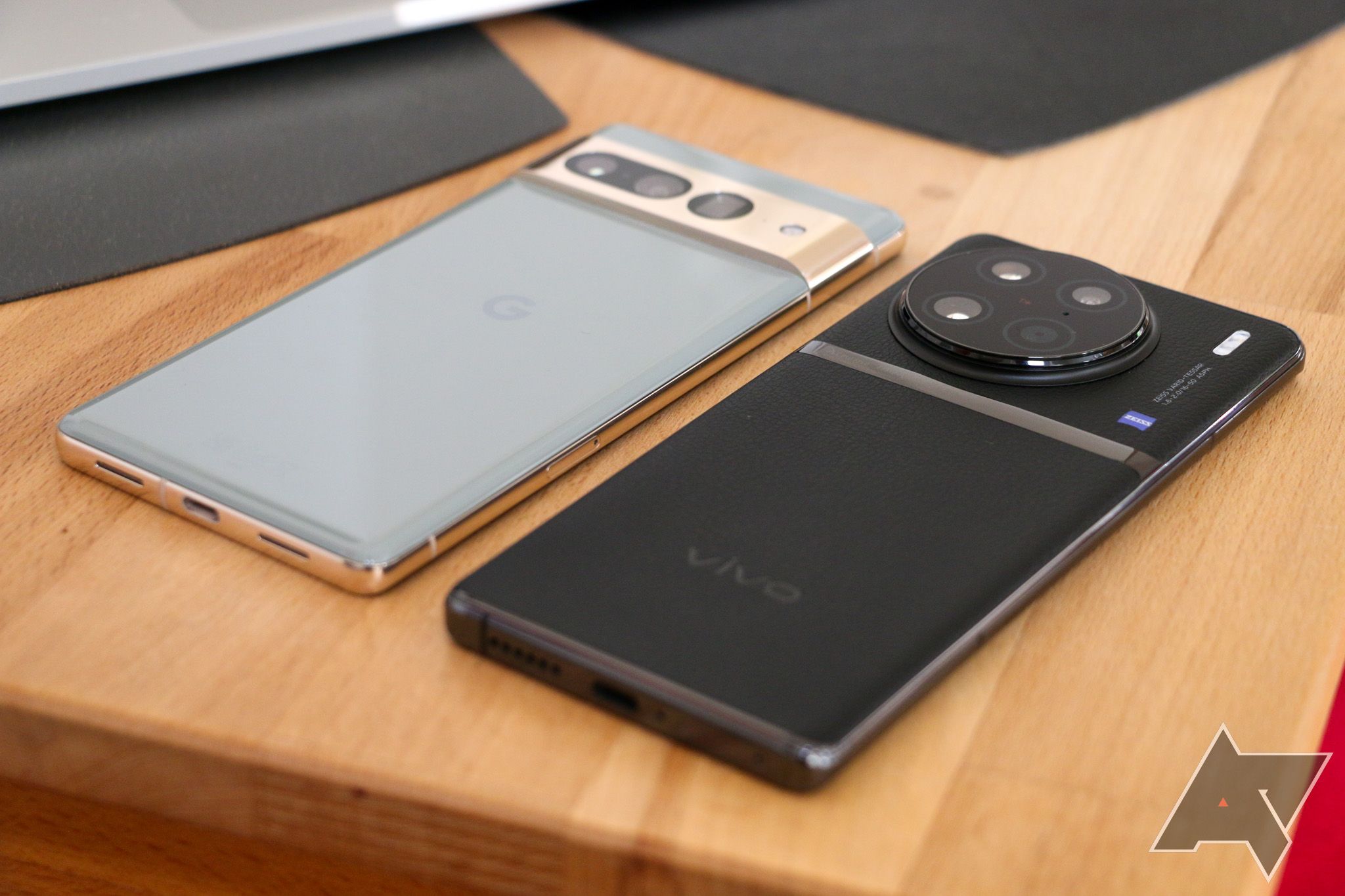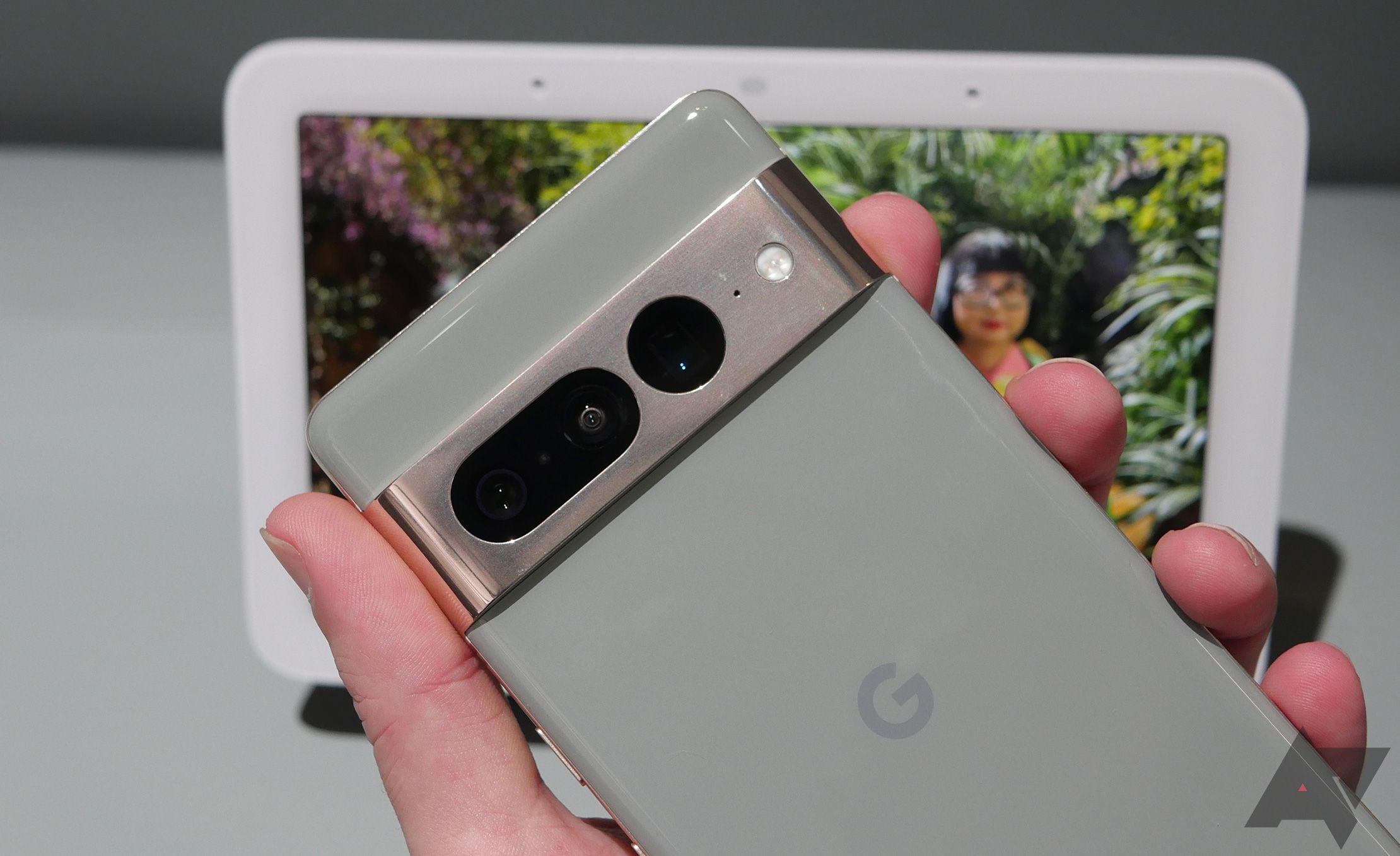The Apple iPhone has been the singular iOS phone for the longest time, and many of us have wished for a worthy Android equivalent for years. Quite a few incredible Android phones have been offered and continue to offer solid competition to the iPhone on multiple fronts. But I'm talking about a different kind of iPhone competitor here. One from Google, a pure Android experience that is coherent, smooth, and has at least some of that ecosystem charm.
Google's phones have come in a variety of flavors over the years. We had the Nexus lineup, which was great, but not a true Google phone. Then there were the Google Play Edition devices, which were also great, but it just feels wrong to be a hefty upcharge for the luxury of getting a phone without tons of bloatware. The latest in the line is the Google Pixel lineup, which is finally the Google phone we've always wanted. With the latest Google Pixel 7 Pro, Google created a device that's worthy of wooing away iPhone loyalists. Here's why it made me ditch my iPhone.
The dilemma of iPhone versus Android
The great debate of the iPhone versus an Android is perhaps as common on the internet as cat pictures, but there's no answer to it. It all boils down to preference. As someone whose smartphone obsession started from tinkering with custom firmware on phones in the Symbian days, Android was my first choice of a smartphone OS. However, as iPhones became more persuasive over the years and my smartphone usage grew to require very little tinkering, I've come to enjoy iPhones.
After a few below-average Android phone experiences, I stuck with the iPhone. There are a lot of compromises with the iPhone, but it worked best for my usage, and I barely ever faced any hiccups, which isn't something I can say about the Android phones I've owned in recent years, which have come from a variety of brands. As such, I was set on continuing to use an iPhone, that is, until the Google Pixel 7 Pro came around.
Why the Pixel 7 Pro is the most tempting one yet
For someone who loves Android's versatility but also wants an "it just works" phone, the Pixel series has always caught my attention. It has remained evasive, though, even as I've switched back and forth between iPhone to Android phones. However, with the Pixel 7 Pro, Google makes an offer you can't refuse.
Does it top the spec sheet and benchmarks race? Nope. There are plenty of other Android phones for that. Instead, it takes a near-perfect phone that was the Pixel 6 Pro and improves upon nearly every minor complaint we had with Google's 2021 flagship. The Google Pixel 7 Pro gives you a more refined design, improved cameras, and a solid fingerprint sensor. So far, the Pixel 7 Pro is also off to a smoother start than its predecessor, and we're cautiously optimistic that Google got all the bugs out of its 2022 phones.
The Pixel 7 Pro came at a time when I wasn't thinking about moving away from my iPhone 13 mini, but it made quite the impression. The design finally looked complete, especially with that exquisite Hazel color. The performance and thermals improved, and, the biggest of them all, wider availability and a reasonable price.
Why I ditched my iPhone 13 for the Google Pixel 7 Pro
Availability played a big part in my decision to uncouple from my iPhone 13. This is the first time in a while that Google has made a Pixel phone this widely available. For my home market, India, the Pixel 3 and Pixel 3 XL were the last flagship Pixel phones we saw launched officially. And after four long years, Google finally re-entered the market. First with the Google Pixel 6a making its Indian debut in the summer of 2022, then with the Google Pixel 7 series a few months later.
The U.S. pricing for the phone was already attractive, and Google didn't inflate the India pricing too much. On top of that, there were pre-order offers, which put the phone's price slightly under the $899 price tag for India, which isn't all that common, and about $124 cheaper than the iPhone 14's price in India, for Apple's least expensive model. That's an amazing offer when you consider that the Pixel you get at this price is the flagship Pro model.
It seemed like a value-for-money deal, and so far, in my usage, it has been proven to be exactly that. The Pixel 7 Pro is a heck of a phone for the price. The hardware is top quality, the software is the cleanest and smartest I've seen in all my years of using Android, and the camera doesn't make me miss my iPhone, which is saying a lot.
Not having much HomeKit-enabled smart home equipment also means the Home experience on this phone is better for me. The AI bits are also rather useful, and I've had a better experience with them than the Apple equivalents. For the most part, this phone works.
The Pixel 7 Pro holds up well months after launch
I've had the pleasure of using quite a few phones since the switch. These include the best iPhone you can get right now, the iPhone 14 Pro, as well as some impressive new Android phones that have entered the market, like the Oppo Find N2 Flip. While these phones are great, none have convinced me to switch from the Pixel 7 Pro.
The Pixel 7 Pro has been consistent in terms of user experience, which has kept me wanting to go back to it whenever I used a different phone. Still, in typical Google fashion, there have been a few hitches. An example is the recent March update which brought 5G support for Indian carriers but made a ton of DPI changes that messed with my muscle memory.
Regardless, I've stuck to the Pixel 7 Pro and will keep it around at least until that Pixel foldable launches. That is considering a few key things the Pixel 7 Pro misses out on.
There are a few misses, but the Google Pixel 7 Pro is worth the switch
The Google Pixel 7 Pro and Android aren't perfect, and I miss a few things after saying goodbye to my iPhone 13 mini. The biggest issue I have with the platform is Android Auto. Compared with CarPlay, Android Auto offers a mediocre and inconsistent experience. While the latest Android Auto update with split-screen looked promising, it has not resolved most of my issues with Android Auto.
My other issues with the Google Pixel 7 and Android are easier to look past. The charging is slow compared with most flagship Android phones but pretty much on par with the iPhone. The video performance could be better, but it's fine for my usage. All-in-all, the Pixel has been fantastic, and for the first time in a while, I don't miss having an iPhone all that much. That has not changed one bit in the five months I've owned the Pixel 7 Pro.
The Google Pixel 7 series offers the best of Android at an affordable price, and I hope Google can keep up the momentum. It seems to have a solid formula at work here and a phone that feels like it has a definite identity instead of being the generic option. The latest Pixel 8 Pro leaks hint that Google may be headed in the right direction, although I love the curved screen on my Pixel 7 Pro. If Google can keep this going, it will only mean good things for Android phones on the whole.
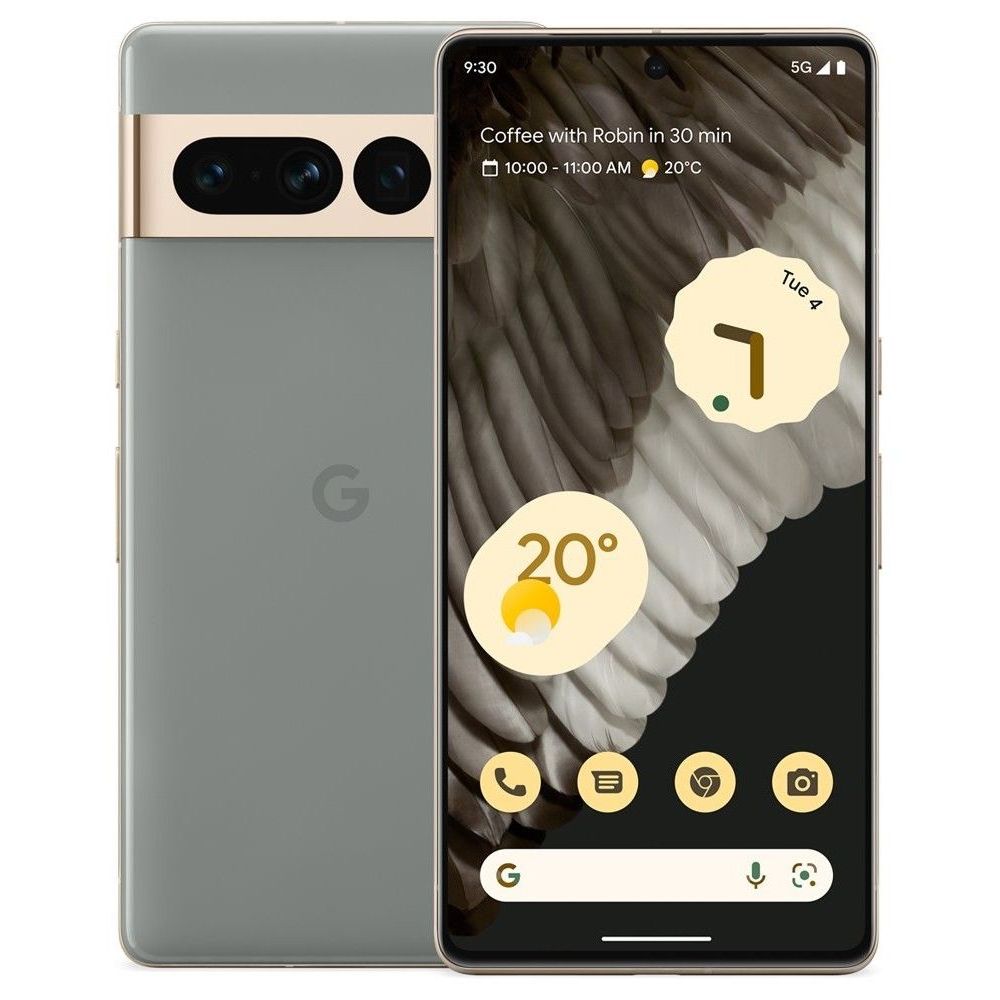
Google Pixel 7 Pro
The Google Pixel 7 Pro is an admirable successor to the 2021's Pixel 6 Pro. A refined design and improved cameras are its main selling points, though many smaller tweaks lend themselves to making this a near-perfect smartphone.

